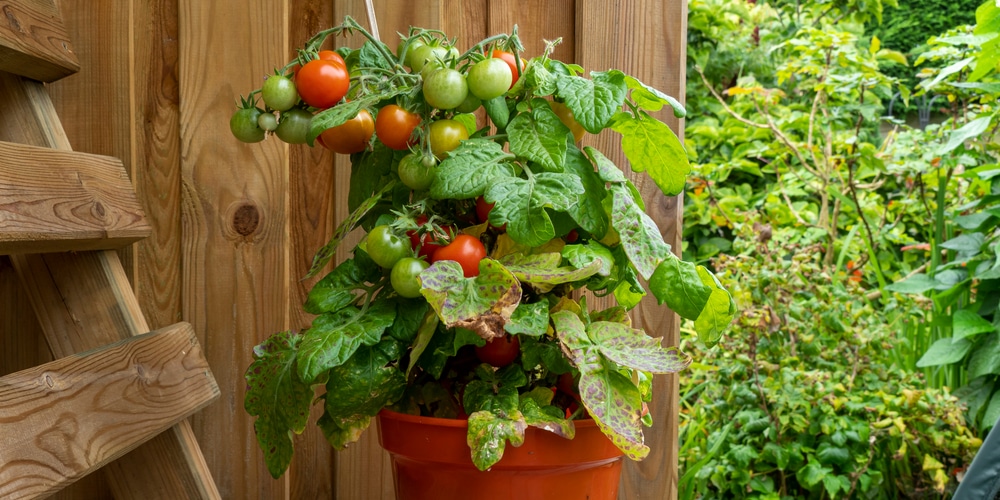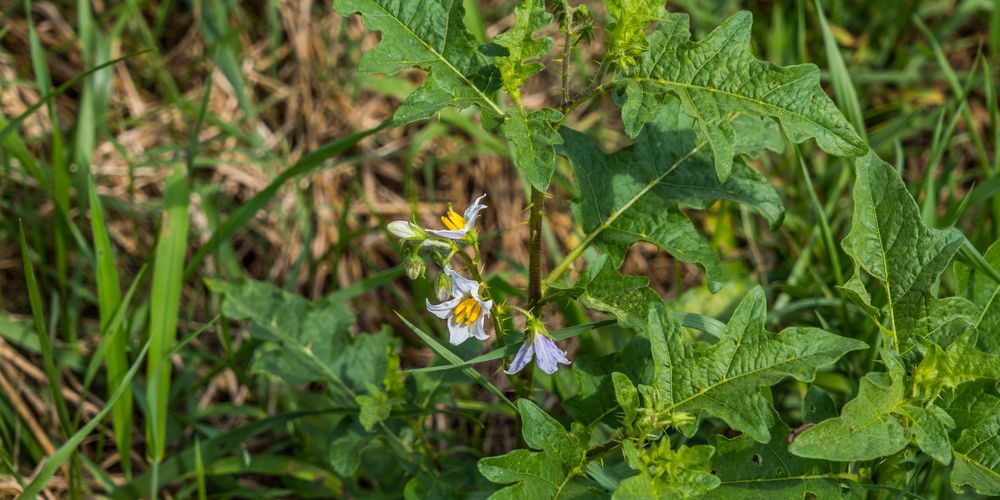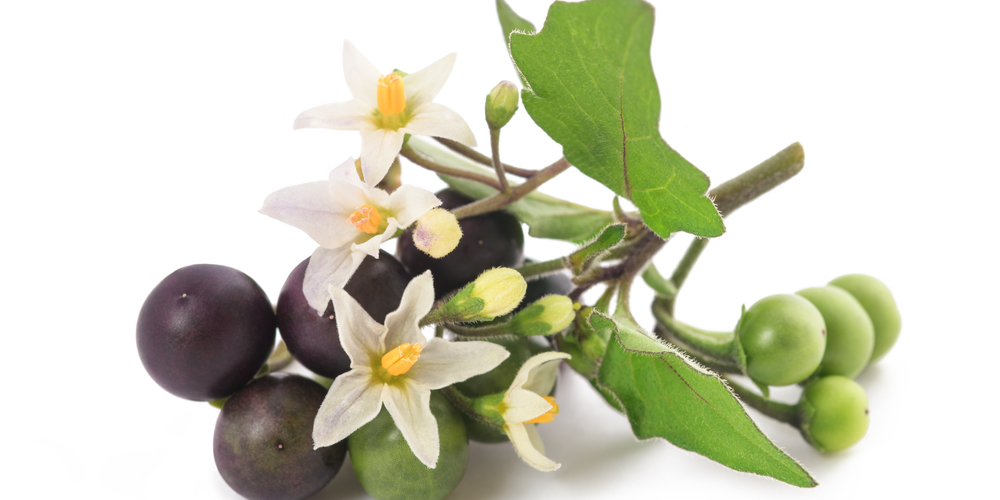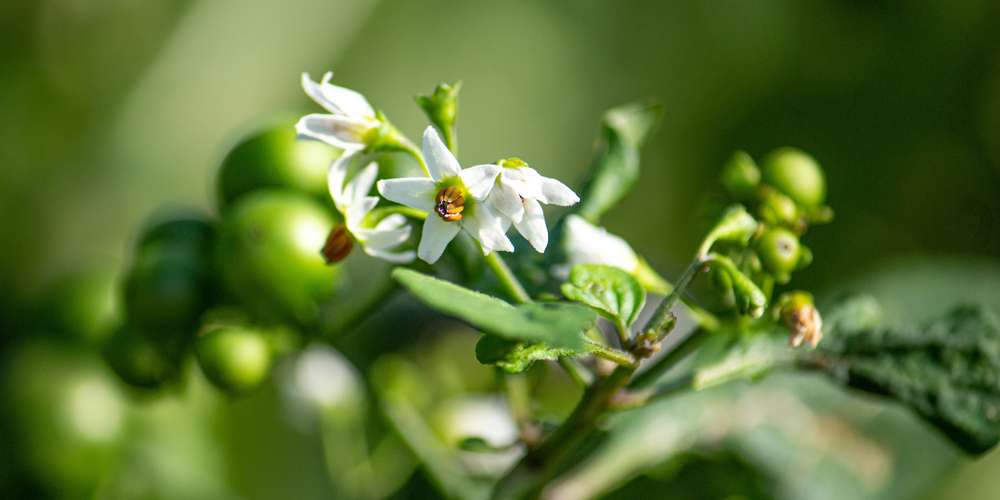Homeowners looking to make their properties more useful, rather than simply ornamental, will often plant a few edibles. While there are plenty of options in this category, the tomato plant is a favorite feature in homes and gardens worldwide, owing to its versatility, utility, and minimal maintenance needs.
Known as Solanum Lycopersicum, the tomato is an edible berry that has been cultivated for centuries, with its first domesticated iteration tracing back to 500 BC Mesoamerica before being spread out across the Spanish territories, Cina, Europe, and the rest of the world. Today, you will find tomatoes are a staple fruit (or vegetable, if you mind that sort of thing) across the globe, making their way onto countless plates and dishes every day.
As a gardener, however, planting tomatoes can present certain unique challenges. You might encounter ‘weeds,’ which are simply plants growing where they are not wanted – there’s nothing wrong with them. Some of these might strongly resemble the tomato plant, thereby costing you time, effort, money, and a potential salad or something. If you want to avoid this, then this piece is for you. Read on to find out what plant species might resemble the tomato plant you’re hoping for and how to spot them in good time.
What Does a Typical Tomato Plant Look Like?

There’s a good deal of controversy about this plant, starting right from the way we pronounce its very name; some say tomato, some say tomato. Nobody’s wrong. For gardeners, however, it’s important to know your plant.
Numerous tomato variants and cultivars have been bred and evolved over the centuries, and you can find different variants living side by side. A typical tomato plant will have decumbent vines, branching stems, and short hairs covering its vines. They bud terminally, meaning that their fruit will be found at the end of a limb. Although variants might sport more deeply grooved or angora (multicolored) leaves, they have compound leaves. Their yellow flowers are about an inch across.
Weeds That Look Like Tomato Plants
As you might have gathered, the sheer variety of tomato plants means that there will be plenty of unwanted guests in farms and gardens across the country that might be masquerading as tomatoes. Here’s a quick look at some of the usual suspects:
Horse Nettle
The Solanum carolinense is a notorious tomato impersonator that has proven itself to be the bane of unwary foragers and unsuspecting gardeners. It sports yellow or greenish colored cherry tomato-shaped fruit that remains plump even during wintertime, although its leaves may wither. Be careful when dealing with it, as it contains the toxic alkaloid solanine, as do many wild tomatoes’ in the nightshade family.
Black Nightshade
Otherwise known as Solanum nigrum, the Black Nightshade is a common weed across the United States. It sports smooth, kite-shaped leaves with prominent veins and wavy margins. Its purple-black, bulbous fruit takes on the dimensions of the tomato, but it is closely related to the capsicum, eggplant, or potato. Be careful, however, as this is a poisonous plant.
Wild Cherry
The Prunus spp or Wild Cherry can be the source of very tasty fruit. While it’s not easy to confuse its tree with the tomato plant, its cherries closely resemble Cherry Tomatoes. While the fruit itself makes for salutary eating, its wilting leaves will often gather concentrations of cyanide, which might prove fatal to livestock or farm animals. Just like apples, however, you should not eat the pits of the cherries, as the harbor cyanide in trace amounts as well.
Garden Huckleberry
Another culprit in the nightshade family (the name just gives them away, doesn’t it?) is the Garden Huckleberry or Solanum scabrum. Like Mark Twain’s immortal character, Huckleberry Finn, the Huckleberry, scruffy as it is, is mostly benign. In fact, it is actively cultivated as a leaf vegetable in part of Africa, and its purple-red, smallish berries make excellent dyes.
Weeds That Look Like Tomato Plants: Final Thoughts
Even so, there are more than 20 common tomato variants, each of them with its unique appearance. Some widespread variants include the Brandywine, Beefsteak, Gardener’s Delight, Tumbling Tom, Blondkopfchen, Black Krim, Azoychka, Black Cherry, Green Zebra, Early Girl, Black Beauty, Moneymaker, and so on.
Don’t let the uncertainty dishearten you – that’s part of what makes gardening so much fun. Take your time and find out what exactly you’re dealing with before taking shears to them. You might have a guest worth keeping around on your little patch of the world.


